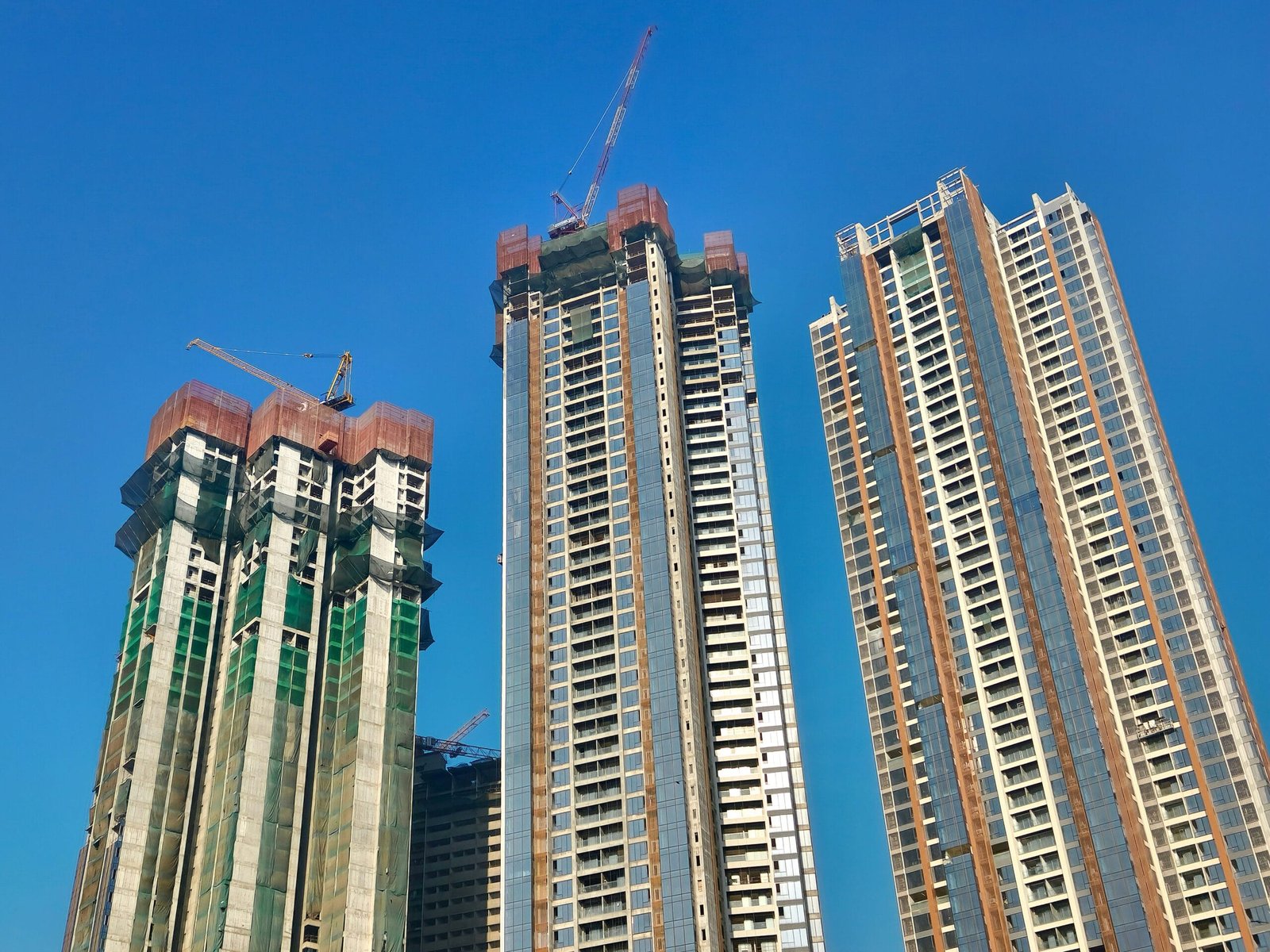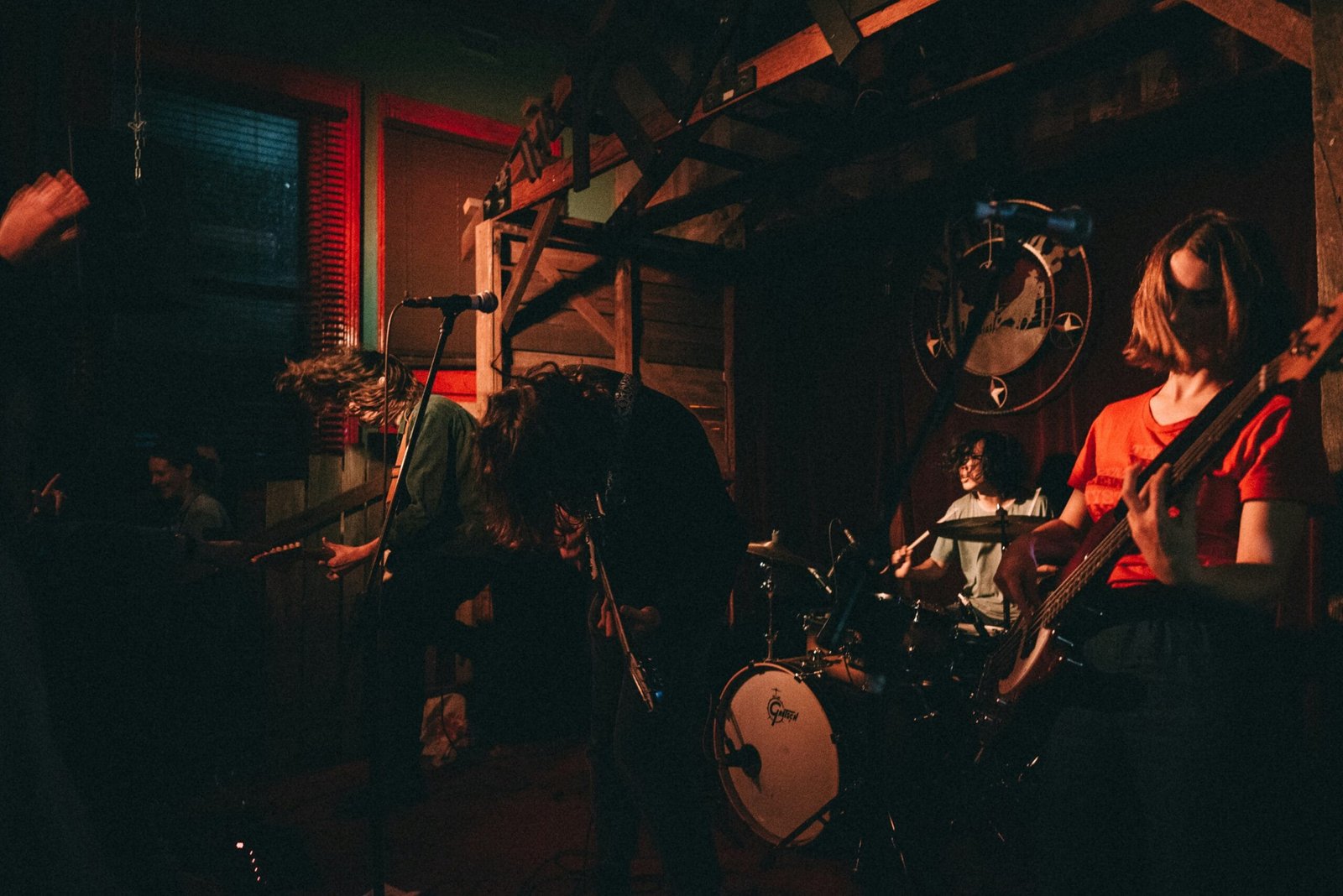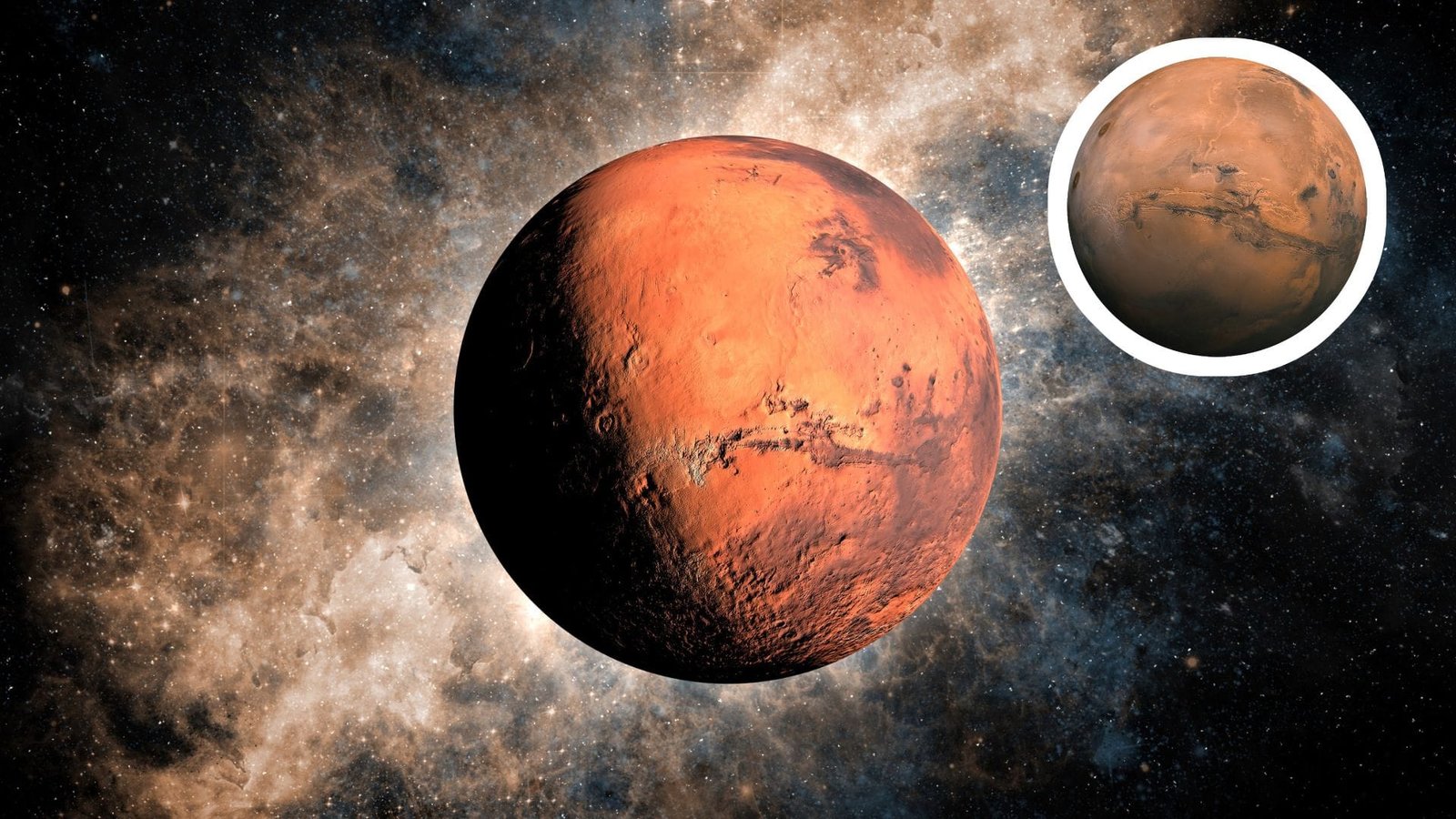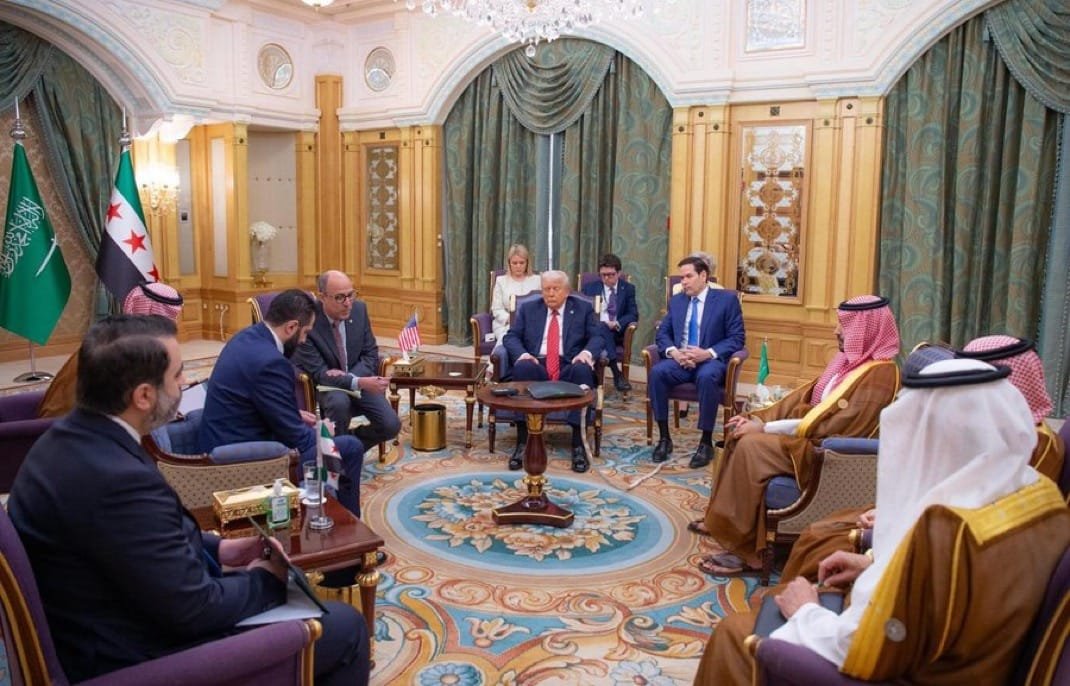
Introduction to the Burj Khalifa
The Burj Khalifa, standing at an astounding height of 828 meters, proudly holds the title of the tallest building in the world. Located in the vibrant city of Dubai, United Arab Emirates, this architectural marvel is not only a feat of engineering but also a significant symbol of innovation and cultural pride for the region. Completed in 2010, the Burj Khalifa significantly contributes to Dubai’s reputation as a global hub for tourism and business. Its sleek, futuristic design and towering height make it a remarkable addition to the modern architectural landscape.
This iconic structure was designed by the renowned architectural firm Skidmore, Owings & Merrill, with Adrian Smith as the lead architect. The design draws inspiration from traditional Islamic architecture and is intended to reflect the city’s rich heritage while pushing the boundaries of contemporary design. The Burj Khalifa serves as a beacon of progress, illustrating the potential of innovative construction techniques and materials in modern architecture.
Beyond its impressive stature, the Burj Khalifa hosts a multitude of features that set it apart. Spanning 163 floors, the building accommodates luxury residences, corporate suites, and a hotel managed by Armani. The observation decks offer breathtaking views of the city and surrounding desert, attracting both tourists and locals alike. Moreover, the tower’s intricate and fascinating design has earned it a myriad of awards, establishing it as a gold standard in skyscraper development worldwide.
In essence, the Burj Khalifa is much more than a building; it is an architectural landmark and a testament to human creativity. As the tallest tower globally, it continuously inspires engineers, architects, and dreamers from around the world to push the limits of what is achievable in urban design and construction.
Architectural Marvel: Design and Planning
The Burj Khalifa is an extraordinary example of modern architectural ingenuity, characterized by its soaring height and unique aesthetic. The design of this remarkable skyscraper draws inspiration from traditional Islamic architecture, particularly the Samanid Mausoleum in Bukhara, with its geometric patterns and towering elements. The building’s structure features a triple-lobed footprint, which not only provides stability but also creates a striking visual appeal that allows it to rise elegantly above the Dubai skyline.
Leading the design team was Adrian Smith of Skidmore, Owings & Merrill, a renowned firm known for pushing the boundaries of architectural possibilities. Smith’s vision was to create a high-rise that seamlessly integrates with the surrounding environment, enhancing the urban landscape. The planning process involved extensive research into Dubai’s cultural context and climatic challenges, ensuring the Burj Khalifa was not only an architectural landmark but also a functional space capable of accommodating various activities.
A key aspect of the Burj Khalifa’s design relates to its resilience against the extreme weather conditions prevalent in Dubai. The engineering team employed advanced materials and innovative techniques to optimize structural integrity. For instance, a reinforced concrete core provides essential support while allowing for flexible movement during high winds. Additionally, the facade incorporates reflective glazing that not only enhances the building’s striking appearance but also improves energy efficiency by reducing heat gain.
The integration of cutting-edge technologies, such as high-speed elevators capable of traversing the building’s 163 floors, further exemplifies the meticulous planning behind the Burj Khalifa. Overall, the combination of aesthetic beauty, cultural heritage, and engineering prowess results in a skyscraper that stands as a testament to human creativity and determination in the face of architectural challenges.
Construction Journey: Building the Burj Khalifa
The Burj Khalifa, a beacon of architectural brilliance and engineering prowess, commenced its construction on January 6, 2004. This iconic skyscraper, standing at a staggering height of 828 meters, took nearly six years to complete, with the final structure officially inaugurated on January 4, 2010. Throughout this extensive timeline, numerous challenges were faced, particularly due to the complex logistical requirements of building at such significant heights.
One of the foremost challenges encountered during the construction of the Burj Khalifa was the extreme weather conditions typical of Dubai’s desert climate. With temperatures often soaring above 40 degrees Celsius, the construction teams had to implement innovative cooling methods to maintain a safe and efficient working environment. Additionally, the sheer height of the tower necessitated the use of specialized equipment and techniques, including custom-made cranes and concrete pumps capable of reaching heights of over 600 meters. These advancements ensured that concrete would remain workable even as it was transported upwards.
Another critical aspect of the construction was the foundation, which required the excavation of an impressive 45 meters below ground level. To support the immense weight of the skyscraper, a reinforced concrete mat foundation was employed, underscoring the importance of thorough geotechnical studies and soil analysis prior to the construction phase. The involvement of various contractors, including the South Korean firm Samsung C&T and the Belgian company BESIX, was essential to navigating these engineering challenges and meeting project deadlines.
Key milestones during the construction included the completion of the tower’s concrete core, which provided critical stability, and the installation of the spire, a segment that ultimately contributed to the building’s record-breaking height. As the Burj Khalifa neared completion, its impressive silhouette began to redefine the skyline of Dubai, symbolizing ambition and innovation on a global scale.
Record-Breaking Features and Statistics
The Burj Khalifa, standing tall at an impressive height of 828 meters (2,717 feet), is recognized as the tallest building in the world. This architectural marvel features 163 floors above ground and two underground levels, making it not only a record-breaking tower but also a symbol of innovation and engineering prowess. The design and structure of the Burj Khalifa highlight its status, as it incorporates a unique triple-lobed footprint inspired by the hymenocallis flower, blending aesthetic appeal with functional efficiency.
One of the most astonishing aspects of the Burj Khalifa is its observation deck, located on the 148th floor at a breathtaking altitude of 555 meters (1,821 feet). This observation space holds the title for the highest observation deck in the world, offering visitors unobstructed panoramic views of Dubai and beyond. The deck features cutting-edge telescopes, enhancing the viewing experience as guests marvel at the sprawling metropolis below.
In terms of construction, the Burj Khalifa showcases extraordinary statistics. The total floor area of the building encompasses approximately 309,473 square meters (3.33 million square feet), which accommodates residential space, corporate offices, and the luxurious Armani Hotel. It took over 103,000 square meters (1.1 million square feet) of glass to create the tower’s exterior, alongside a staggering 330,000 cubic meters (about 12 million cubic feet) of concrete used in its construction. Additionally, the elevators installed within the Burj Khalifa are among the fastest in the world, reaching speeds of up to 10 meters per second.
These remarkable features and statistics not only serve to underscore the grandeur of the Burj Khalifa but also reinforce its position as a pioneering icon in the skyline of Dubai and a benchmark for future skyscrapers worldwide.
Sustainable Practices: Eco-Friendly Design
The Burj Khalifa, renowned as the world’s tallest tower, has integrated a multitude of eco-friendly design principles that showcase its commitment to sustainability. Key features of this architectural marvel include advanced water conservation systems, energy-efficient technologies, and the clever utilization of natural elements that collectively minimize its environmental footprint. This approach aligns with broader trends in modern architecture, where sustainability is increasingly prioritized.
One notable feature of the Burj Khalifa is its innovative water conservation strategy. The building incorporates a sophisticated system for collecting and recycling water, which is crucial for both its internal operations and landscaping needs. The rooftop, for instance, has a collection system that gathers rainwater, subsequently utilizing it for irrigation and other non-potable purposes. Such efficiency not only diminishes water waste but also reinforces the building’s role as a leader in sustainable urban landscapes.
In terms of energy efficiency, the Burj Khalifa employs a range of advanced technologies designed to reduce its overall energy consumption. The building’s envelope is comprised of reflective glazing, which minimizes solar gain and enhances thermal performance. Additionally, the automated building management systems play a significant role by regulating lighting, heating, and cooling based on occupancy and time of day, ensuring that energy is used judiciously. Furthermore, the inclusion of outdoor spaces allows for natural ventilation, contributing to a reduction in dependence on air conditioning.
Natural elements are thoughtfully incorporated into the design, creating a relationship between the building and its environment. The integration of gardens and green spaces not only enhances the aesthetic appeal but also contributes positively to the local ecosystem. By embracing these sustainable practices, the Burj Khalifa sets a benchmark for future architectural endeavors, illustrating that high-rise buildings can coexist harmoniously with ecological principles while providing urban utility.
Cultural and Economic Impact on Dubai
The Burj Khalifa, standing majestically at 828 meters, has significantly influenced both the cultural fabric and economic landscape of Dubai and the broader United Arab Emirates (UAE). As an iconic landmark, it has become synonymous with the city, embodying its rapid development and ambition on a global scale. The tower draws millions of tourists each year, effectively positioning Dubai as a pivotal destination in the realm of international tourism. This influx not only enhances Dubai’s reputation but also fosters a thriving hospitality sector, catering to diverse traveler demographics.
The cultural implications of the Burj Khalifa further extend beyond its physical presence. It has transformed into a symbol of modernity and innovation for the UAE, combining traditional values with contemporary aspirations. The tower’s architectural design reflects a convergence of cultures, thus contributing to Dubai’s global identity. By showcasing artistic light shows and cultural performances, the Burj Khalifa serves as a central stage for cultural engagement, promoting local artistry while attracting international talent.
Economically, the Burj Khalifa has catalyzed extensive development in its vicinity. The surrounding area has witnessed a significant rise in commercial and residential projects, which have increased property values while generating employment opportunities. As a centerpiece of development, it encourages investment in additional sectors such as retail, tourism, and real estate. The presence of the tower and its allure have stimulated local businesses, enhancing economic activity and prosperity.
Moreover, by establishing Dubai on the global stage, the Burj Khalifa has attracted multinational corporations and event planners, reinforcing the network for global business activities. Consequently, this iconic structure not only stands as a testament to architectural prowess but also plays a vital role in shaping Dubai’s cultural narrative and economic vitality.
Visitors’ Experience: What to Expect
Visiting the Burj Khalifa offers a unique experience that combines breathtaking views with luxurious amenities. The tower features two primary observation decks: At the Top, which is located on the 124th and 125th floors, and the Sky, situated on the 148th floor. Each deck provides stunning panoramic views of Dubai and its surroundings. The 148th-floor Sky deck is the highest in the world and guests can enjoy the additional exclusivity and attentive service available there.
When planning your trip to the Burj Khalifa, it is advisable to purchase tickets in advance, as the attraction draws visitors from around the globe. Tickets can be conveniently booked online through the official Burj Khalifa website or various other platforms, where you may also find special packages that include dining options or guided tours. Entry times can vary; thus, securing a time slot earlier in the day may help you avoid peak crowds.
Dining options on-site offer a memorable experience. The Atmosphere restaurant, located on the 122nd floor, provides top-notch cuisine alongside unmatched views of the city skyline, making it a perfect stop to relax after exploring the observation decks. Reservations are recommended, especially for dinner, to fully appreciate the ambiance during sunset or evening hours.
To maximize your visit, consider going at sunset for an unparalleled views, as the changing colors of the sky create an incredible backdrop for your photos. Moreover, be mindful of special events that may take place in or around the Burj Khalifa, as these can add to your experience. Preparing for your visit by keeping these tips in mind will ensure you make the most out of a trip to this iconic landmark.
Burj Khalifa in Popular Culture
The Burj Khalifa, an architectural marvel located in Dubai, has firmly established itself as an iconic symbol in popular culture. Since its completion in 2010, this towering structure has made numerous appearances in films, television shows, promotional campaigns, and literature, effectively cementing its status as a global landmark. This influence extends beyond mere aesthetics; the Burj Khalifa has played a pivotal role in shaping Dubai’s international image, becoming synonymous with luxury, innovation, and modernity.
One of the most notable film appearances of the Burj Khalifa was in the 2011 action film “Mission: Impossible – Ghost Protocol,” where Tom Cruise performed spectacular stunts on the facade of the tower. This exposure not only showcased the building’s breathtaking height but also contributed to the allure of Dubai as a travel destination for adventure seekers. Such cinematic moments have made the Burj Khalifa not just a backdrop, but an integral part of the narrative, captivating audiences worldwide.
Television programs have also leveraged the distinctiveness of the Burj Khalifa for dramatic effect. The tower has appeared in various series, enhancing plots with its imposing presence against the Dubai skyline. Additionally, several advertising campaigns featuring the Burj Khalifa have utilized its grandeur to market luxury products and services, reinforcing its status as a symbol of opulence. Literature too has embraced the Burj Khalifa, with numerous travel guides and articles highlighting its architectural significance and cultural relevance.
In conclusion, the Burj Khalifa serves as more than a mere tourist attraction; it has transcended its physical form to become a cultural icon that represents the dynamic spirit of Dubai. Its appearances in film, television, advertising, and literature highlight its far-reaching impact on popular culture, signifying a blend of innovation and artistry that continues to resonate globally.
Future Developments and Legacy
The Burj Khalifa stands as a remarkable architectural achievement and has cemented its place in the pantheon of modern skyscrapers. As Dubai continues to grow and evolve, the potential for new developments that could rival or exceed the iconic tower’s height and grandeur remains a topic of speculation amongst architects and urban planners. Cities across the globe are increasingly fascinated by the Burj Khalifa’s design and its technological innovations, prompting discussions about how these elements can be integrated into future projects.
While there are plans for other skyscrapers within the UAE that aim to push the boundaries of architecture, none have yet been confirmed to surpass the Burj Khalifa’s impressive height. The ongoing development of the Dubai Creek Tower, which aspires to be taller than the Burj Khalifa, reflects the city’s ambition to maintain its stature in the world of advanced urban structures. However, the Burj Khalifa’s combination of height, innovative design, and multi-functional use remains unparalleled, serving as a benchmark for future constructions.
Furthermore, the legacy of the Burj Khalifa extends beyond mere measurements; it has become a symbol of Dubai’s rapid development and economic prowess. The tower’s architectural elegance and its role in promoting tourism and attracting business investment highlight its significance. As the Burj Khalifa continues to inspire architects and urban planners globally, its influence is evident in designs that emphasize sustainability, mixed-use spaces, and integration into the surrounding environment.
In conclusion, the Burj Khalifa not only stands as the world’s tallest tower but also acts as a perennial source of inspiration. Its legacy has set a high standard for skyscrapers, shaping the future of urban planning and architectural design through its ambitious vision and execution. The ongoing developments in Dubai and beyond will undoubtedly reflect the exceptional impact the Burj Khalifa has had on the field.






